7 Products That May Vanish Soon Due to Supply Shortages
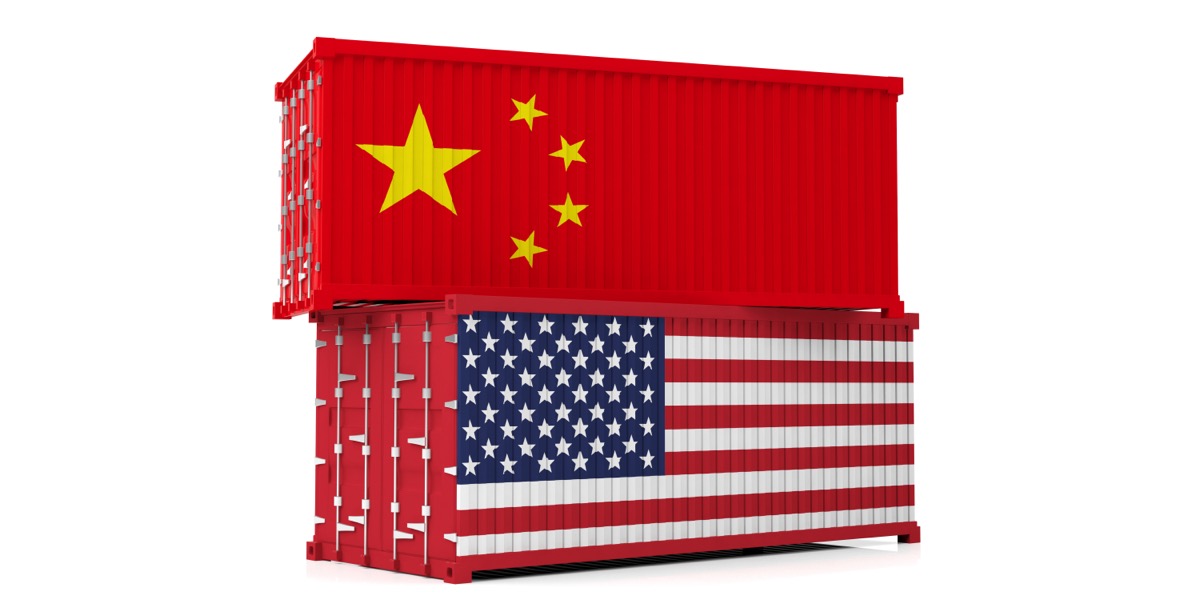
It was only a matter of time before the tariffs levied against China made themselves felt, and American consumers should prepare to pay more for specific items. According to CNN, the last cargo ships who do not have to pay the 145% tariffs are coming into ports now—but anything that was loaded after April 9 is subject to the sky-high taxes.
“Starting next week is when we begin to see the arrivals off of that (tariff) announcement on April 2,” said Gene Seroka, executive director of the Port of Los Angeles. “Cargo coming into Los Angeles will be down 35% compared for a year ago… Many major retailers have told us they have about a six- to eight-week supply of inventory in their systems now. United States manufacturers and consumers alike will find difficult decisions in the weeks and months to come if policies don’t change.”
So what may be impacted by the shortage in cargo? Here are seven products that may vanish soon due to supply shortages.
Kitchen Electronics With Chinese Microchips
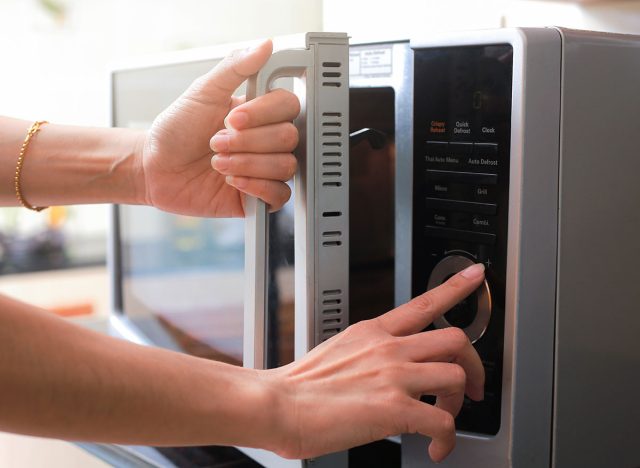
Basic kitchen appliances such as microwaves and rice cookers need microchips and circuit boards that are heavily sourced from China. This means even lower-end models could go up in price, or become harder to find. “There’s a lot of concern. Right now (retailers) are in the process of trying to figure out their back-to-school and Christmas orders, and how and when they’re going to place those,” Jonathan Gold, vice president of supply chain and customs policy at the National Retail Federation, tells CNN.
Food Prep Tools With Chinese Steel or Parts
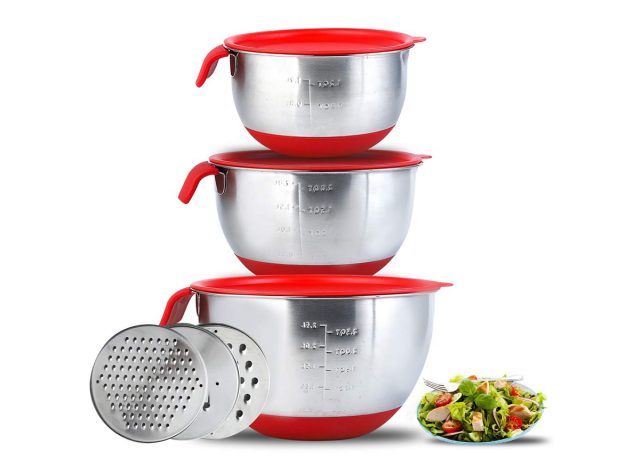
Many cooking prep items such as stainless steel mixing bowls and knives come from China, or are assembled with parts sourced from China. The 145% tariffs could make previously cheap kitchen items far more expensive than people are used to. “We’re making our inventory last as long as we can,” Aaron Cordovez of Zulay Kitchen, which sells kitchen tools on Amazon, told CNBC.
Pantry Organizers and Plastic Storage Bins
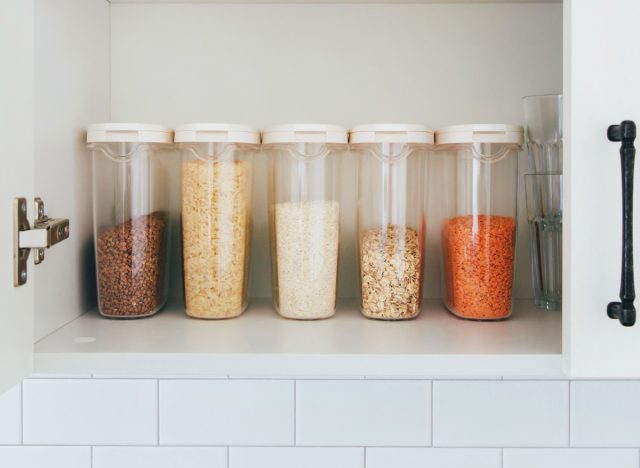
Retailers like Target and Walmart rely on Chinese-made products to keep prices down for their While not food, these kitchen staples often come from Chinese factories and are commonly shipped in bulk. Retailers like Target and Walmart are likely to face supply squeezes.
Electric Pressure Cookers and Air Fryers
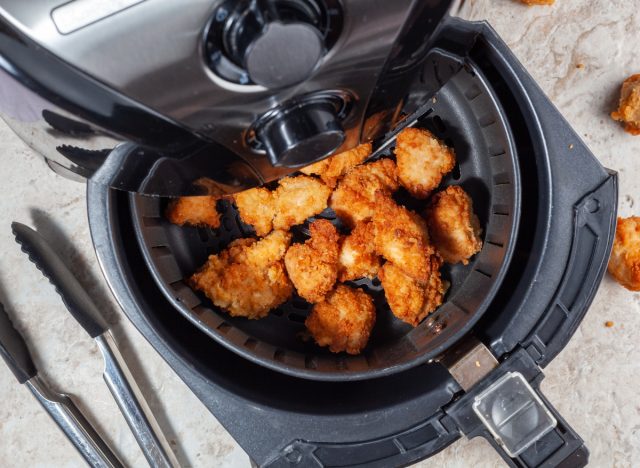
Air fryers are a staple in many kitchens now, and models vary from expensive to more than reasonable in price—but that could soon change. Many U.S. brands are fully manufactured or assembled in China, which means that $30 electric pressure cooker could shoot up in price.
Reusable Lunch Containers and Water Bottles
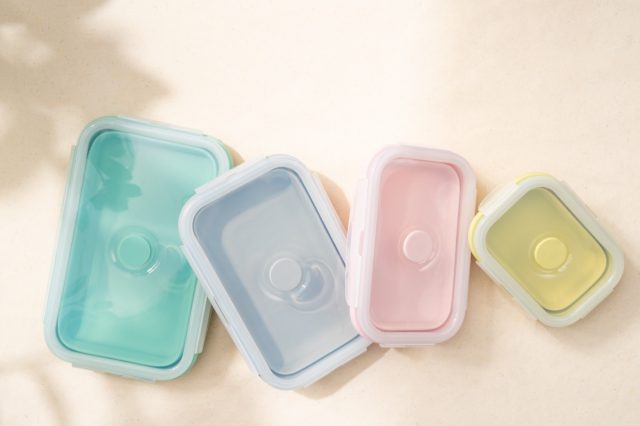
A huge amount of silicone and BPA-free plastics products used to make items such as children’s lunch boxes are imported from China. Some retailers may have no choice but to offer less eco-friendly alternatives which parents may struggle with. “If you were selling something for $40 and making a $7 or $8 profit at the end of the day, with these tariffs, those days are gone,” Dave Dama, co-founder of health and beauty business Pure Daily Care, told CNBC. “You can’t do that anymore. It’s unsustainable.”
Coffee Makers and Espresso Machines
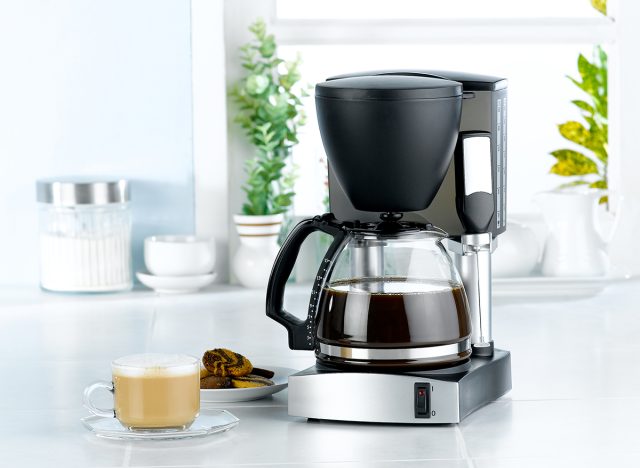
Many coffee machines, even U.S. branded ones, are made or assembled in China, or use Chinese materials. “It’s all really complicated at the moment because there are so many different kinds of tariffs — and there are so many numbers being floated,” says Nada Sanders, professor of supply-chain management at Northeastern University.
Packaged Food Machinery and Supplies
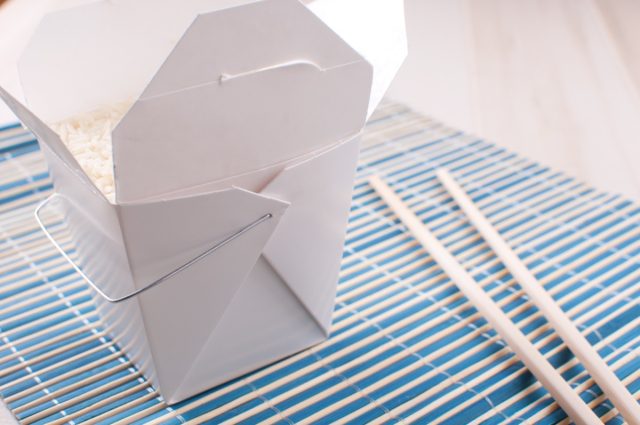
A lot of the go-to boxes restaurants rely on are made in China, or from materials sourced in China. Factories that make snacks also source packaging from China. “Companies that rely on imported packaging, such as paper bags or paper mailers, should plan for worst-case scenarios,” says Creative Retail Packaging.